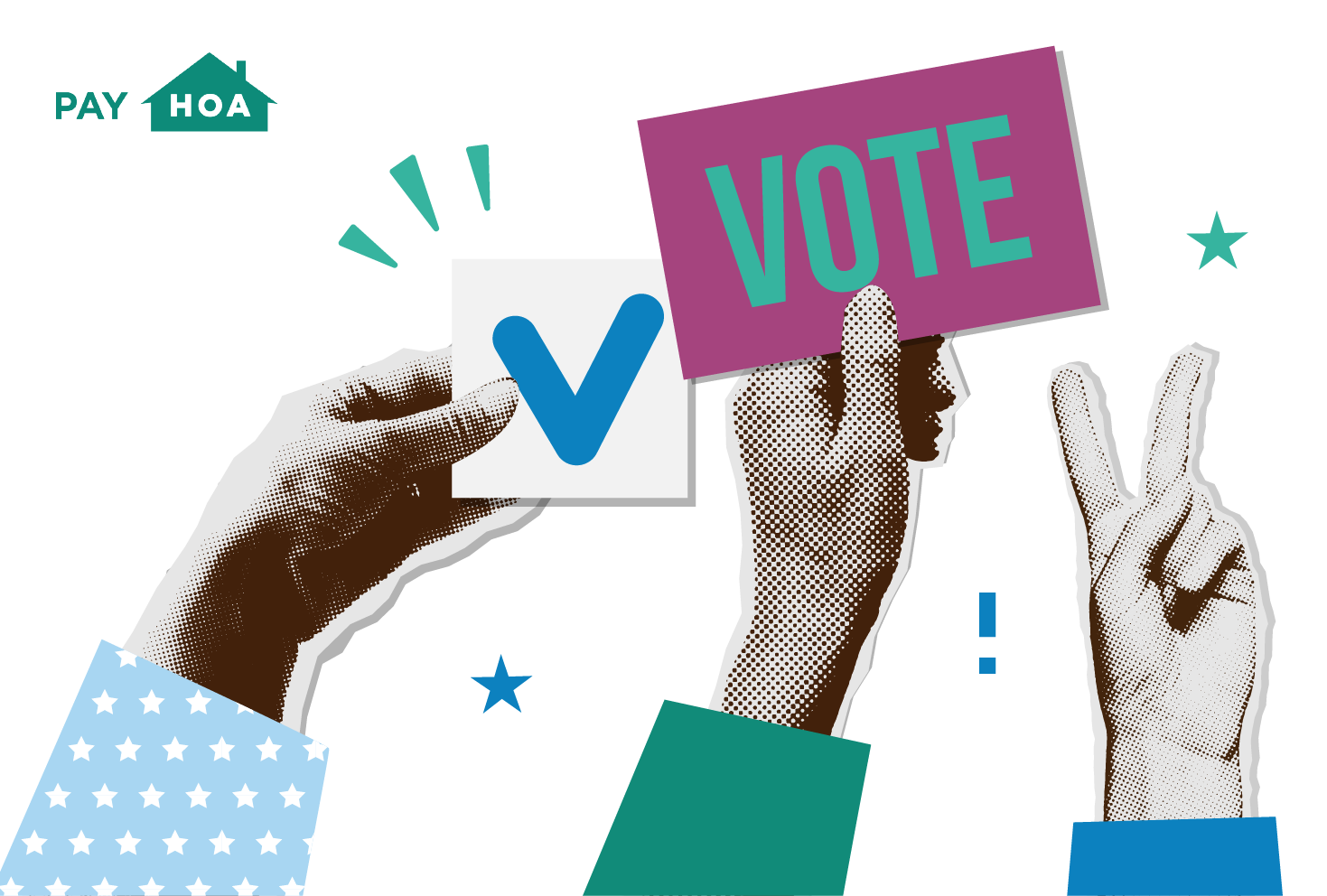

HOA vs COA vs POA


When researching community association management groups, you likely came across HOA, POA and COA. Some people use the terms interchangeably, but they do have core differences. The primary variations depend on the type of property managed by each one and the powers given. Learning to distinguish one from the others can help you better determine which association may better suit the needs of your community.
What Is an HOA?
A homeowners association is an organization that manages communities made up of single-family units. People who purchase properties within the HOA-run communities automatically become part of the HOA. Community members own their individual properties but may share the use of amenities, such as a gym, pool or clubhouse.
A board of directors govern homeowner’s associations. These individuals determine the community rules and help ensure members follow them. They may also review the HOA budget to set dues and fines.
What Is a COA?
Condo owners associations operate similarly to HOAs but for a different property type. COAs manage conjoined properties belonging to unit owners. Condo owners generally share walls, floors and roofs with neighbors. Like HOA members, they also have access to shared spaces.
Townhomes and co-ops may also have COAs, because they operate more similarly to condominiums than to detached single-family homes. COAs for townhomes may sometimes be less restrictive than for condos because unit owners have more privacy.
What Is a POA?
When most people think of the general term for community associations, HOAs may come to mind. However, the true umbrella terminology is property owners association. POAs encompass both HOAs and COAs.
POAs may also refer to community associations that have more long-term development goals. For instance, in a rural community, people in the POA may pool resources to add paved access roads. Because of its more long-term focus, POAs tend to charge annual dues instead of monthly dues.
What Are Key HOA vs COA Differences?
The difference in property types and structures create additional variations in how HOAs and COAs work. People who live in condominiums generally need to work more closely together to maintain functional and amicable relationships.
Restrictions
Living in such close quarters prompts COAs to have more restrictions than HOAs. For instance, some condos may have quiet hours and unit owners may face restrictions on the kind or number of pets they may own.
Amenities
Condos and townhomes have structural similarities with apartment buildings. Consequently, owners share many of the same types of amenities. These include trash and laundromats, which are not as common at HOAs.
Expenses
When HOAs collect dues, these tend to go toward shared amenities, such as the clubhouse or pool. For condos and townhomes, some of the COA expenses go toward building repairs and maintenance. Consequently, COA dues are sometimes higher than HOA dues.
What Are Key HOA vs POA Differences?
The main differences between HOAs and POAs come down to the scope and mission of the two. This, in turn, affects variations in how they operate.
Membership
HOAs only offer membership to homeowners within a community. POAs go beyond this to include additional stakeholders. This may include property developers and business owners. POAs may also include rental tenants as members, whereas HOAs generally do not. Membership is also generally voluntary, though, in some areas, it is mandatory.
Goals
HOAs focus on maintaining high property values, but POAs focus on community development. POAs may focus less on the individual properties and more on the surrounding areas. This may lead to investments in the infrastructure.
Scope
HOAs generally govern one community, which may include one block or several. When property management companies acquire the rights to multiple communities in the same area, for instance, they manage them individually. In contrast, POAs may span several communities, a whole town or even an entire county or city.
Regulations
The scope of POAs make them more difficult to pin down and govern. As a result, few regulations exist that apply to them. The downside to this is that POAs may also not have the same implicit legal rights as HOAs. Instead, members may need to rely more heavily on explicit contracts.
Operations
Another consequence of the POA scope is that it begins to function more like an opportunity for networking than an agency for enforcing restrictions. In fact, POAs may take on more of an educational experience, while providing business for relevant parties.
Structure
Unlike HOAs, POAs do not need to have a board of directors managing its affairs. It may also have none of the traditional documents HOAs rely on, such as by-laws and CC&Rs. Instead, the original property developers of an area tend to run a POA. In some cases, community members may be voted in to create a board, similar to an HOA.
No matter what type of association you choose to manage your community, it’s important to start it off on the right foot. Proper by-laws, established fines, good community leaders and reliable association management technology are ingredients of a good foundation.
Enjoyed this Article? Try Another!
How Self Managed HOA Software Makes HOA Elections Simple
Key Takeaways: HOA elections are a critical part of any homeowners association, especially in self…
The ROI of Investing in HOA Management Software
Key Takeaways: If you serve a local HOA as a leader or volunteer, you know…
Neighborhood Collaboration Made Easy with HOA Software
The leaves are changing, the air is crisp, pumpkin spice is everywhere — and suddenly,…


